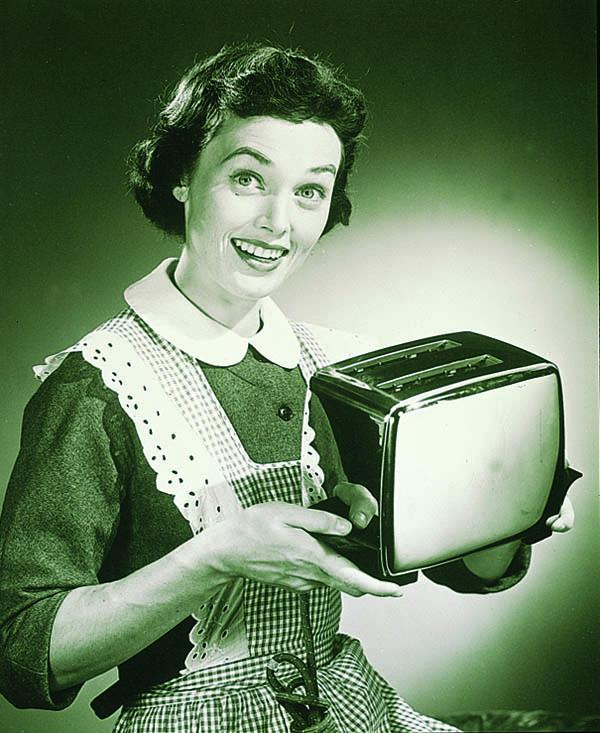Thanks for the Library visit and the mini history lesson.
Reading your comments about the suffering of a music reviewer and seeing Stephen Mejias's payday album stash makes me wonder when there is time for you to really get to know and appreciate an album? Are your most memorable recordings from a certain time peroid in your life or more recent?
I am not exposed to near the quanity a reviewer would see but am really finding it difficult to enjoy the good albums I come across before something else comes along. Maybe it's an age thing, I'm 59, and maybe it's just me. Just sign me overwhelmed.

























































